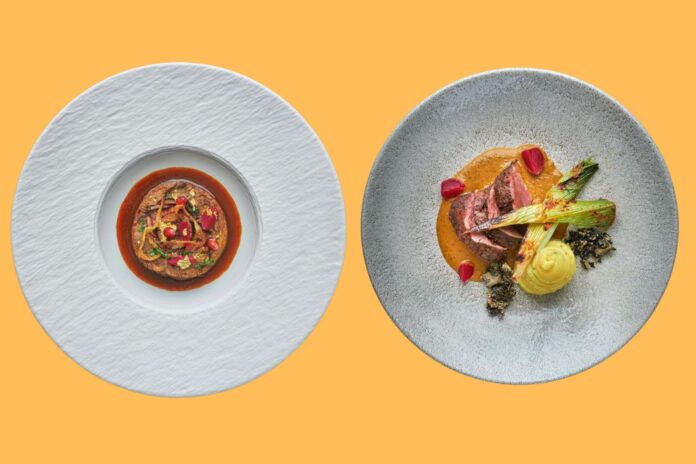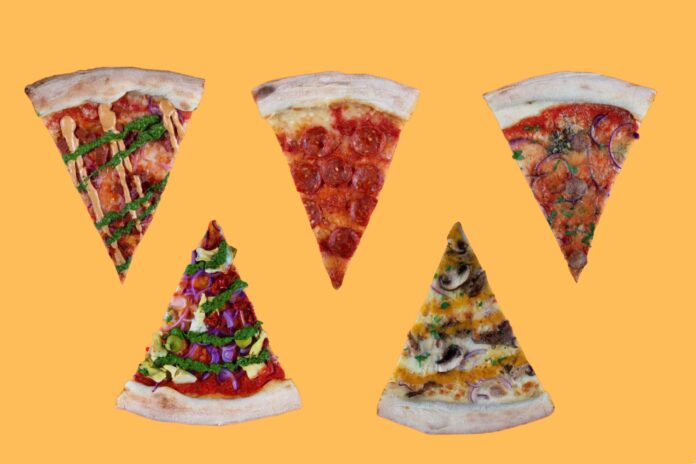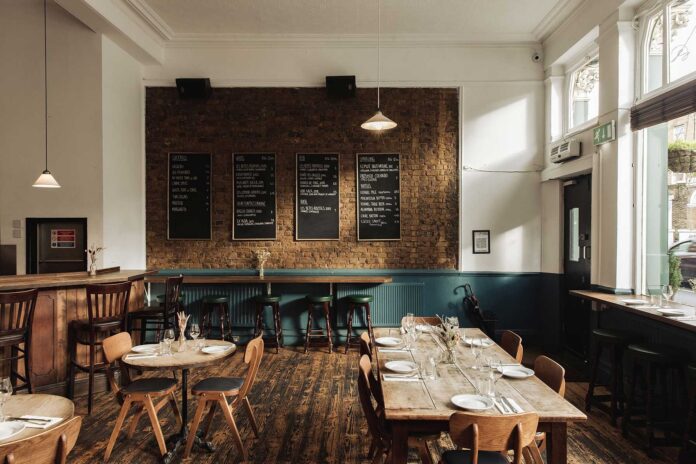Most wellness conversations revolve around the same familiar names—turmeric, omega-3s, probiotics. But there are plenty of other plant-based options with fascinating histories and traditional uses that rarely make it into mainstream health discussions. Some have been sustaining communities for centuries, others have surprising research behind them, and a few offer completely different approaches to supporting wellbeing. Here are 5 that deserve more attention.
Sea Buckthorn: The Siberian Beauty Secret
Long before vitamin C serums became skincare gospel, Siberian women were using sea buckthorn berries to keep their skin glowing through brutal winters. These bright orange berries pack more vitamin C than oranges and contain rare omega-7 fatty acids that most people don’t even know exist.
What makes sea buckthorn particularly interesting is that omega-7 content—palmitoleic acid—which appears in very few food sources. Some research suggests these fatty acids might support skin health from the inside out, though you’ll struggle to find sea buckthorn anything in most British health shops. The berries themselves taste like a cross between cranberries and passion fruit, with a tartness that’ll make your face scrunch up.
Read: 7 Vitamins & Nutraceuticals Used In The Pursuit Of Glowing Skin
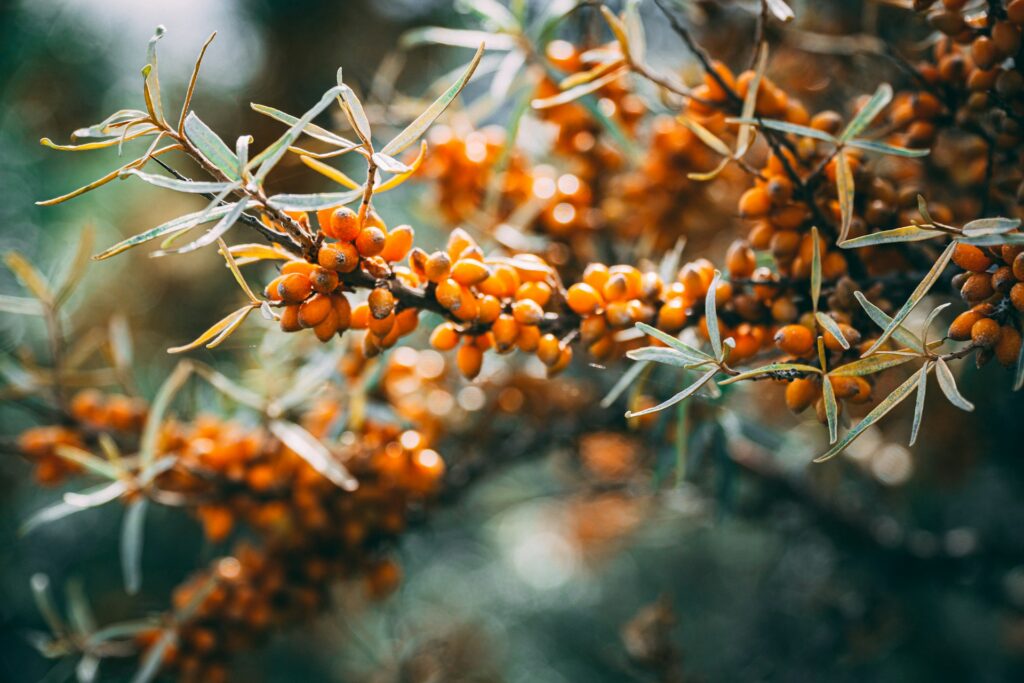
Acai: Beyond The Instagram Bowl
Yes, acai made it to Britain eventually, but mostly as overpriced smoothie bowl toppings. The real story is more interesting than the wellness marketing suggests. In the Brazilian Amazon, acai isn’t a superfood—it’s just food. Local communities have been living on these purple berries for generations, not because they read that they’re loaded with antioxidants, but because acai palms grow everywhere and the berries fill you up.
The deep purple colour comes from anthocyanins, the same compounds that make blueberries blue and red wine red. What’s genuinely impressive about acai is the sheer concentration—it’s like nature decided to cram as many of these compounds as possible into one small berry. But here’s the thing: by the time acai reaches Britain, much of what made it special has usually been processed out. The fresh berries oxidise rapidly, which is why the best acai products are freeze-dried within hours of harvest, and acai supplements are gaining increasing traction, too.
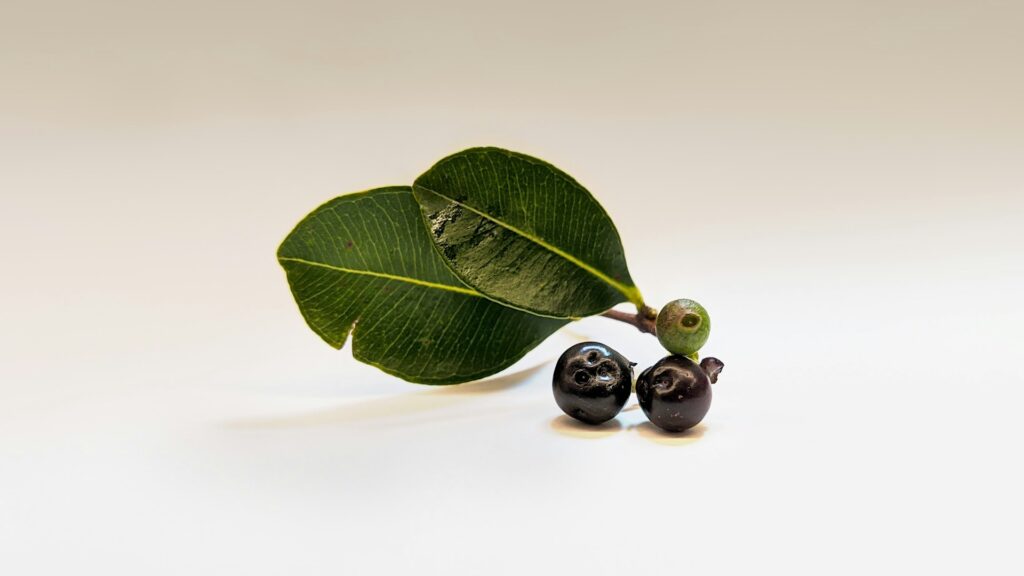
Pine Bark Extract: When Trees Fight Back
This one sounds made up, but French maritime pine bark extract (try saying that three times fast) has a surprisingly robust research background. The extract, standardised as Pycnogenol, contains proanthocyanidins—compounds that trees produce to protect themselves from UV damage and oxidative stress.
The discovery was almost accidental. French explorer Jacques Cartier’s crew was suffering from scurvy during a harsh Canadian winter in 1535, and local indigenous people showed them how to brew tea from pine bark and needles. The sailors recovered, though it took scientists another 400 years to figure out why. Pine bark extract won’t cure scurvy (we’ve got vitamin C for that), but the proanthocyanidins might support circulation and skin health.

Schisandra: The Five-Flavour Berry
Traditional Chinese medicine has this concept of foods that hit all five taste categories—sweet, sour, bitter, pungent, and salty. Schisandra berries manage this impressive feat, which is why they’re called wu wei zi, literally ‘five flavour fruit.’
These small red berries grow wild across northern China and Russia, and they’ve been used traditionally to support what modern practitioners might call stress resilience. Schisandra contains lignans—plant compounds that are structurally similar to human hormones but much gentler. The berries are traditionally prepared as a tea, though the taste is an acquired one. Think cranberry sauce mixed with black pepper and a hint of lemon.

Baobab: The Tree That Grows Upside Down
African folklore says the gods planted the baobab tree upside down, with its roots in the air. The fruit powder from these massive trees has been sustaining communities across sub-Saharan Africa for millennia, long before anyone coined the term ‘superfood’.
Baobab fruit dries naturally on the tree, leaving behind a white powder that’s naturally tart and slightly sweet. It contains more vitamin C than oranges, more potassium than bananas, and more antioxidants than goji berries – though comparing everything to goji berries feels a bit 2015 at this point.
What’s more interesting is the prebiotic fibre content, which feeds beneficial gut bacteria without the digestive drama that some fibre supplements cause.
The powder mixes easily into water or smoothies and tastes like sherbet with a grown-up tang. Unlike many African plant products that have been commercialised without benefiting local communities, several baobab suppliers work directly with women’s cooperatives across Africa, providing fair wages for harvest and processing.
The Reality Check
These plant compounds aren’t meant to treat or cure any medical conditions. Individual responses vary considerably, and what works for one person may do nothing for another. Always consult with a healthcare professional before trying new botanical products, especially if you have existing health conditions or take medication.

